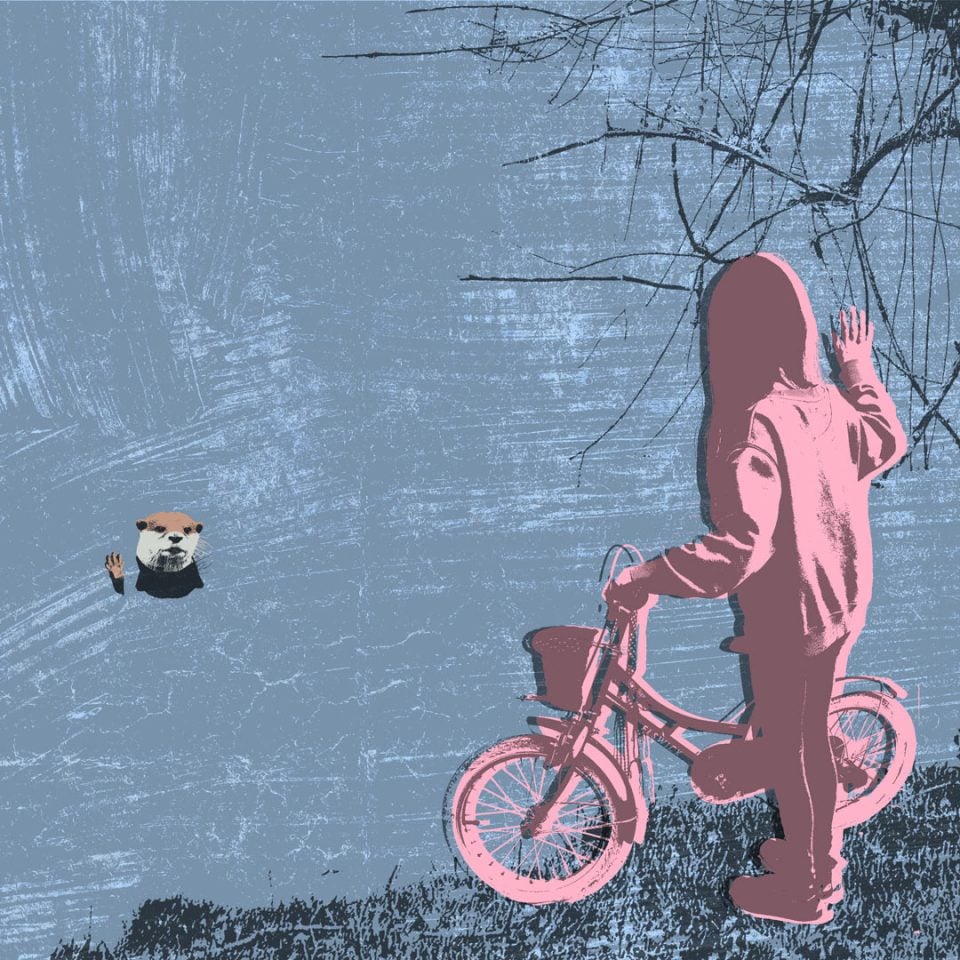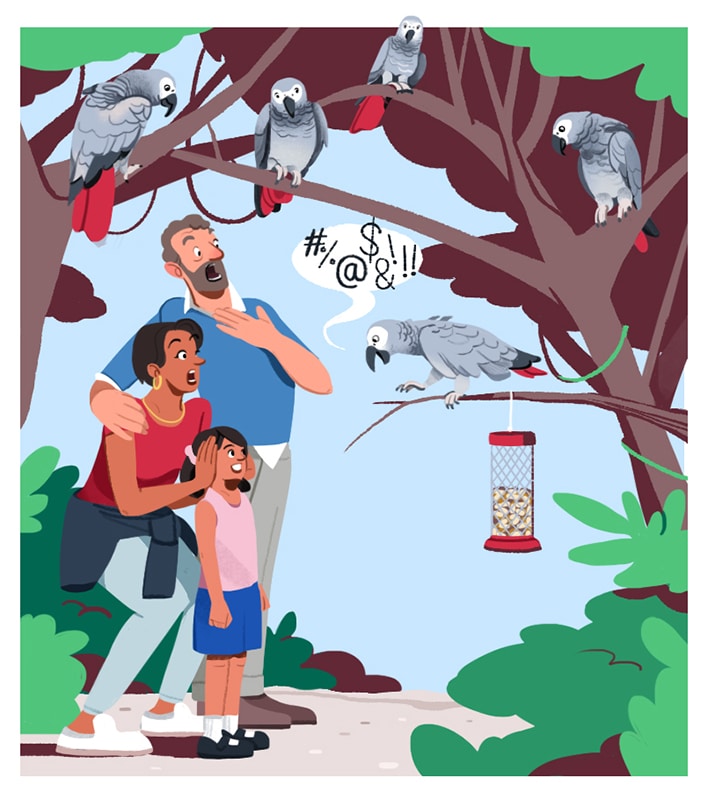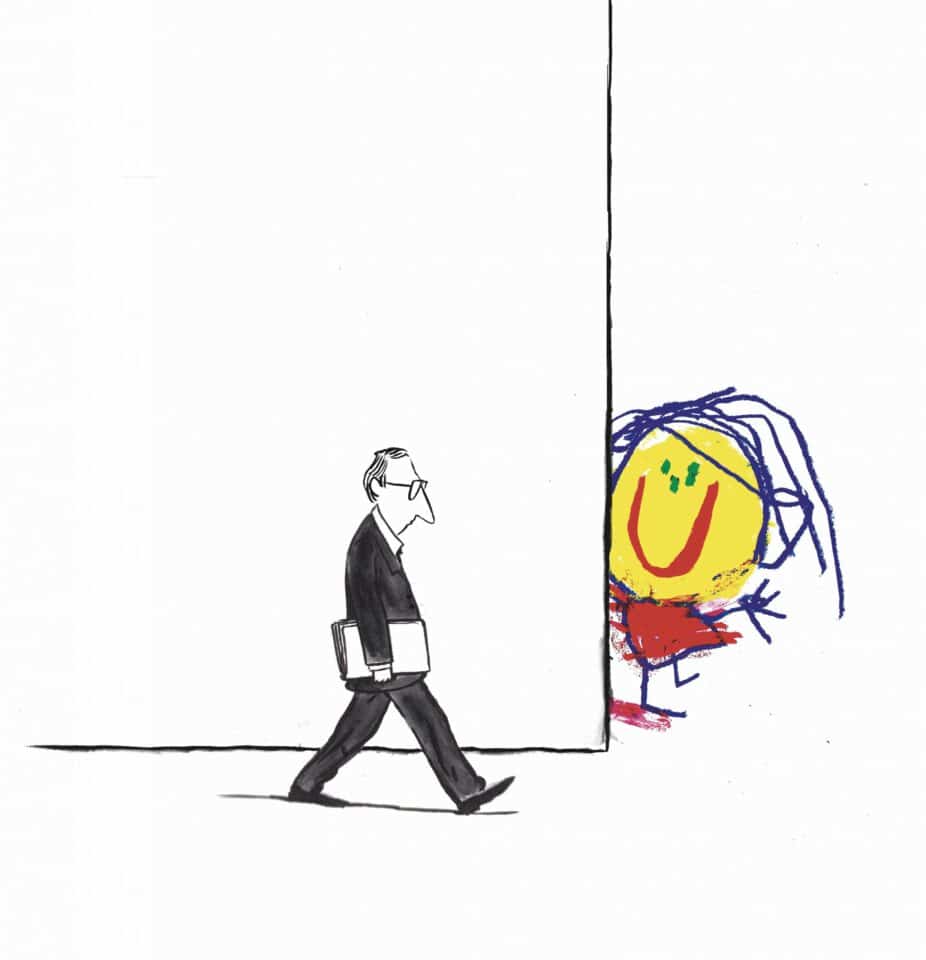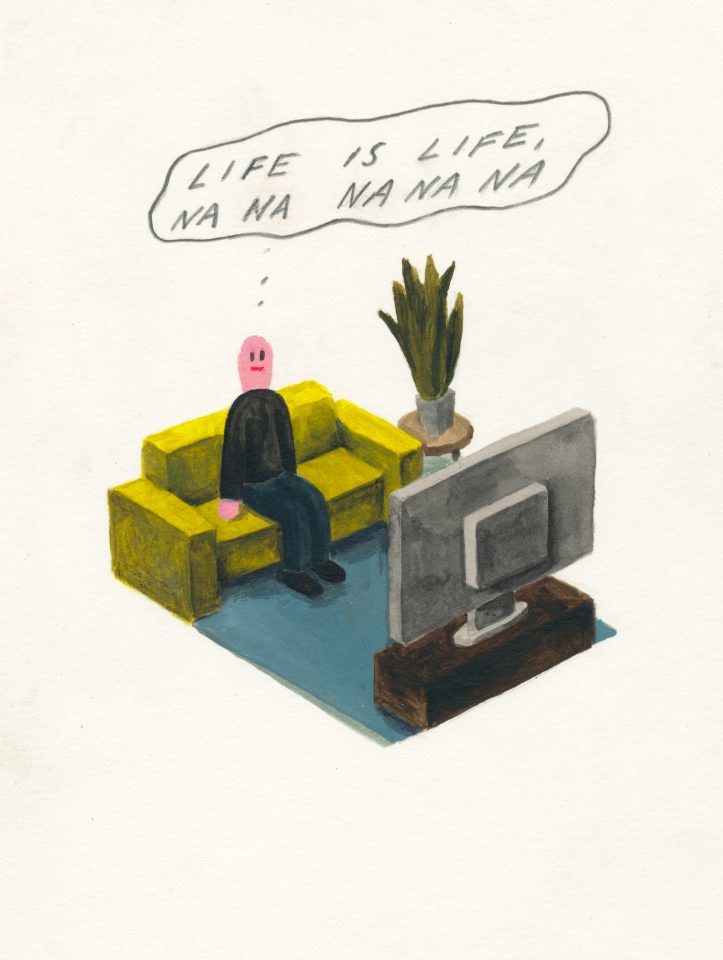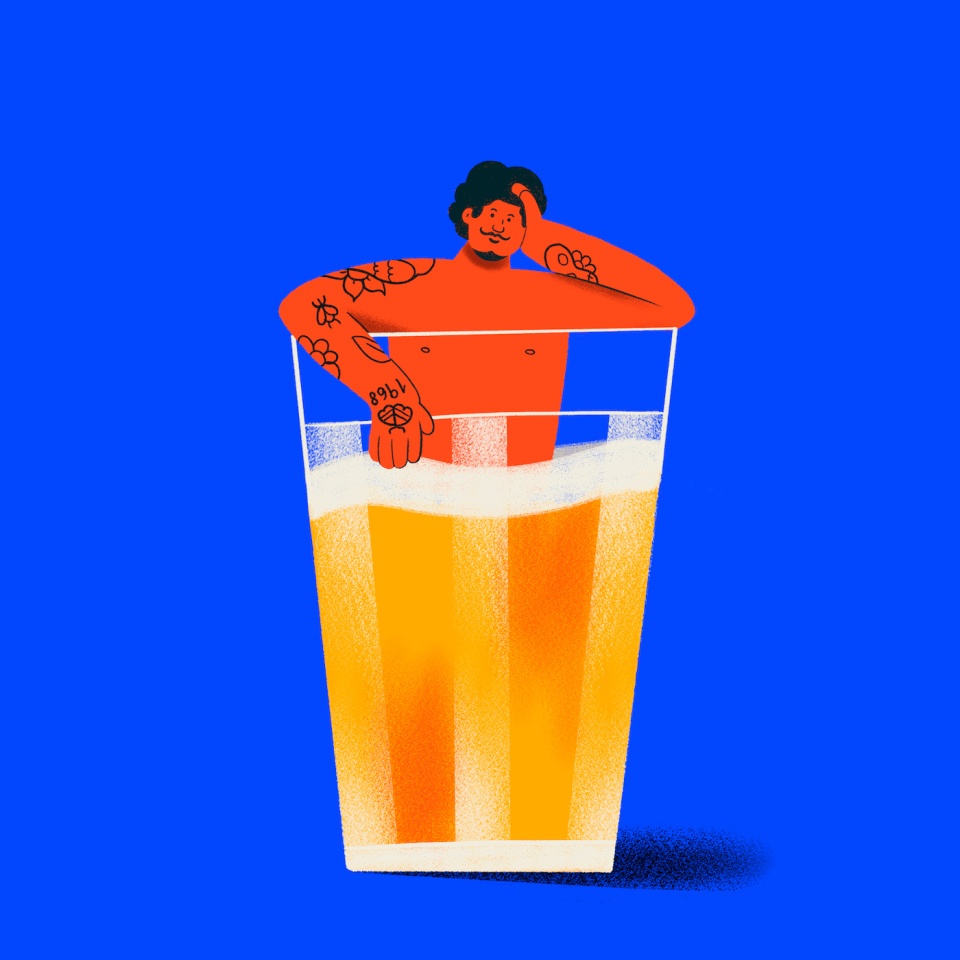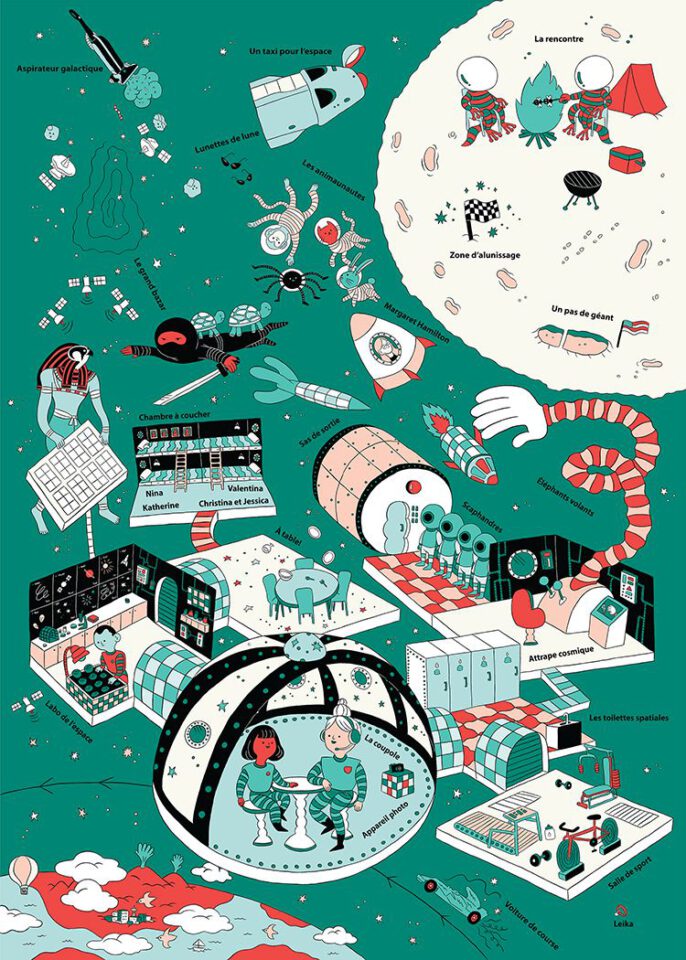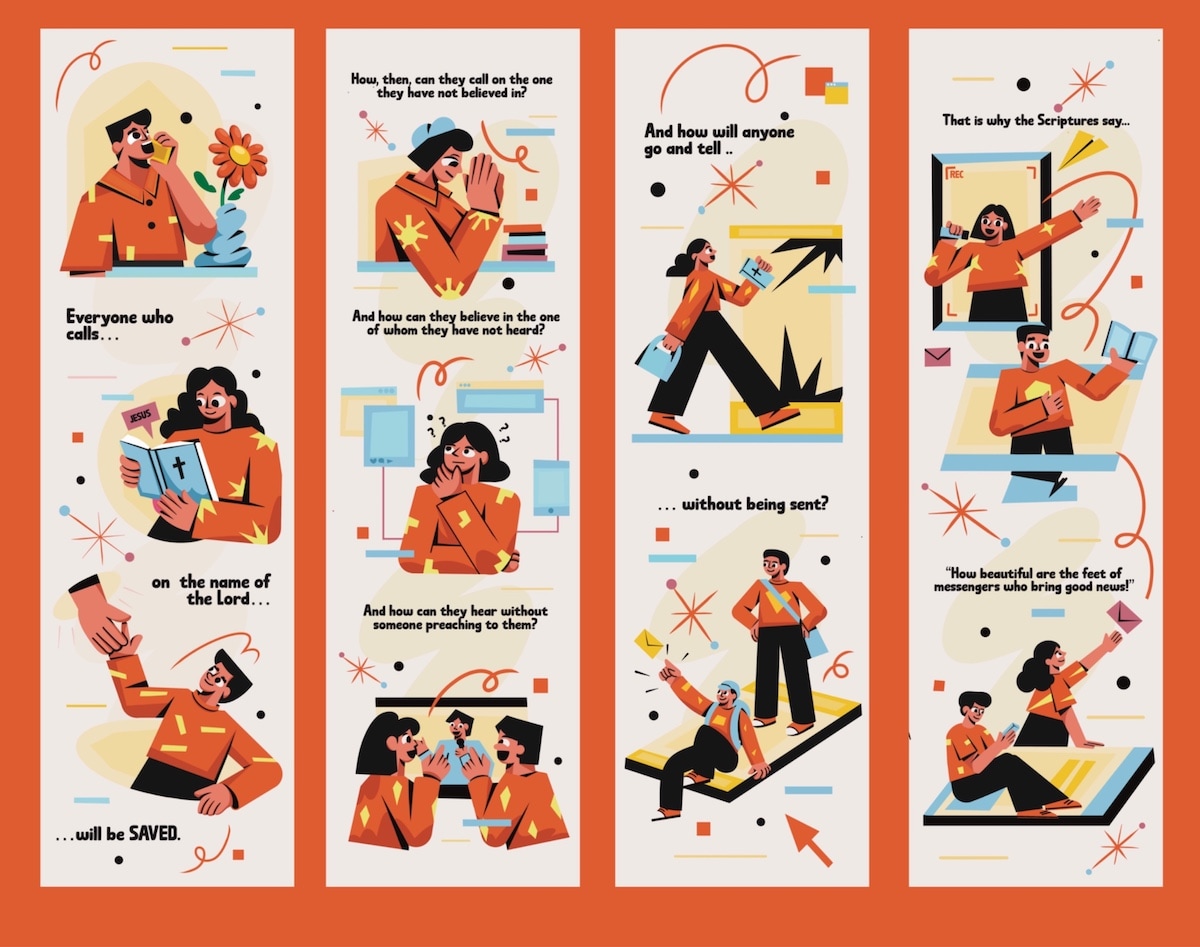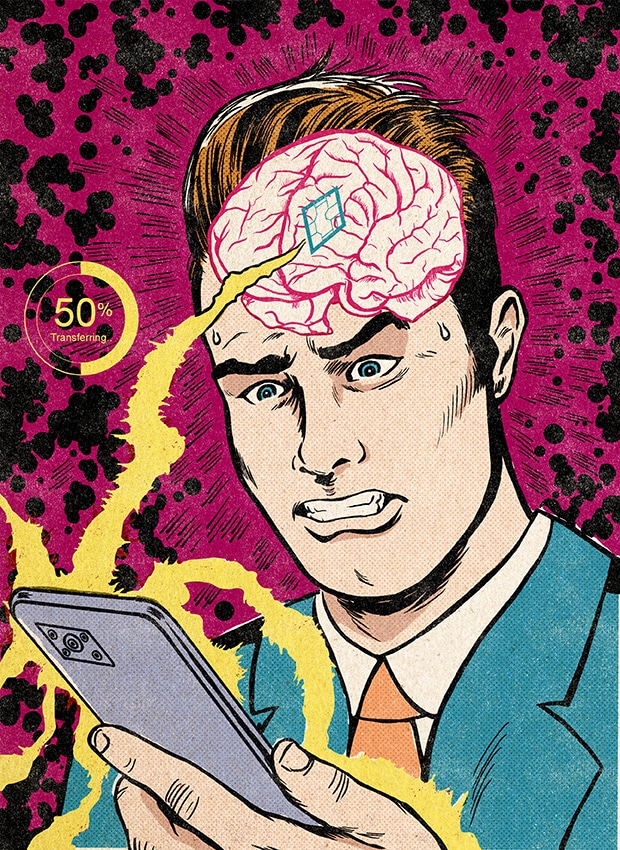Comic illustrators
Comic illustrators
Comics can be just plain funny, dark, or even weird, but comic illustrations and the people who create them, have a knack for making us laugh.
Whether a Gothic epic peppered with nostalgia and politics or an avenger seeking justice, comics take the form of juxtaposed images in sequence or a panel. They feature dialogue and a sense of pacing. Many show thought or speech balloons or captions so readers know what a character is saying, or, thinking.
Comics developed mass appeal in the early 20th century, right after World War II, when pen and India ink or ink and brush were media of choice for comic illustrators. The comic illustrator uses many formats: syndicated newspaper comic strips, magazine-style comic books or editorial cartoons.
Drawing on a range of subjects and references, comic illustrators call upon imagination and their experience to share funny observations on life and the ironic situations it poses. They create fierce, and lovable, characters along the way.
Earlier comic strips were often penned by one person. The comic’s creator conceived, drew, and colored their own work. Notables like Gary Trudeau, of Doonesbury fame, Charles Schultz of Peanuts, and Gary Larson of The Far Side, chose either a single panel or comic strip format.
The likes of Ziggy, Blondie, Dennis the Menace, and Dick Tracy have stepped aside for Mighty Thor, X-Men, and Guardians of the Galaxy.
A comic illustrator is often part a collaborative team as a penciller, someone who sets the style of the comic, an inker, who defines the work and adds life, a colorist, who takes a design to full color, or a letterer, the person laying out copy. Computer software provides tools for today’s comic illustrator.
Looking for a laugh, or a rye observation on the absurdity of life, check out the work of the comic illustrator.
